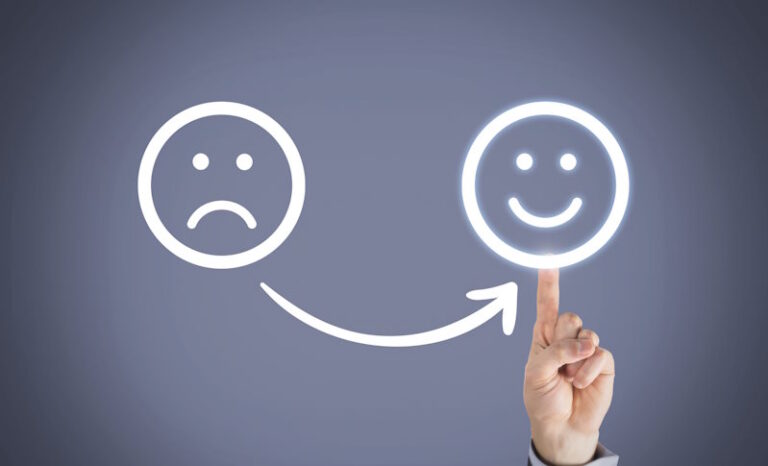Corporate transformation can affect processes, work content, or culture. For employees, such transformation means adopting new behaviors. This may involve trivial routines, such as regularly feeding data into a reporting tool, or more fundamental practices, such as transparent leadership or agile methods. Regardless of how simple or difficult the task may seem: The human brain has to practice new behavior, and this can take a long time. Psychological research shows that people need different amounts of time to adopt a new routine. On average, it takes about two months – ranging from 18 to 254 days.
This insight comes as no surprise to experienced change managers: In order to establish new behaviors, employees should be supported and motivated over a longer period of time. What kinds of inducements work? The University of Pennsylvania’s Behavior Change for Good initiative brings together expert knowledge and best practices on this question. The following five conditions have proven to motivate people to change their behavior:
- Clear goal: What does the company want to achieve and by when? Which team goals can be derived from this?
- Self-awareness: Which behavior brings us closer to the goal, which does not? What needs to change?
- Enjoyment: If the journey is fun, we are more likely to go along.
- Competition: Competing with others encourages us to work harder and to persevere.
- Support and reward: Long-term goals can be effectively pursued in stages. At each milestone, you will receive a reward and constructive advice for the next stage.
In our projects, we build on these insights with the following practical approaches:
1. Gamification
Playful elements make unpleasant tasks more interesting. Here’s a simple example: Employees have to enter data into a new IT application on a weekly basis. Those who do this in exemplary manner will earn credits. At the end of each quarter, the high scorers in the department will be rewarded with a gift. You can also have team evaluations and competitions. There are versatile apps on the market that reward commitment in a fun way, such as Centrical or Mambo.
Applies to: clear goal, enjoyment, competition, support and reward
2. Nudging
Some supermarkets put their candy segment in the far corner. Cities replace car lots with bicycle stands. Health apps remind office workers to stand up while talking on the phone. Such measures give people “nudges” to adopt recommendable behavior. However, it’s up to the individual to decide whether to comply. One form of nudging in working life is well known and very effective: the supervisor as a role model.
Applies to: clear goal, support and reward
3. Fun theory
If a behavior is fun, we like to repeat it. This is the essence of the so-called fun theory, which strictly speaking is not a theory but the title of a Volkswagen Internet campaign from 2009. In one of the clips from a subway station, passers-by prefer to take the stairs as the steps look like piano keys and produce sounds. Unlike gamification, it’s not about scoring points – the pleasure itself is the incentive.
Applies to: enjoyment, support and reward
4. Incentives
This is the classic motivational measure: rewarding departments or individual employees who achieve measurable goals with a bonus payment, a team party or some gifts. It’s important that milestones are within reach and that it does not take too long to celebrate successes.
Applies to: clear goal, competition, support and reward




